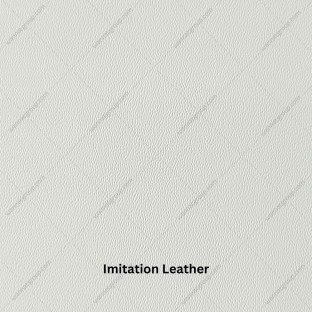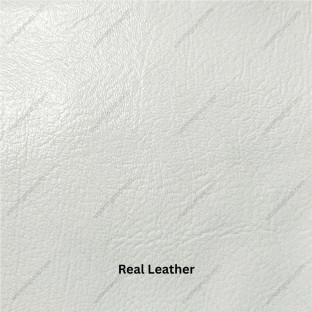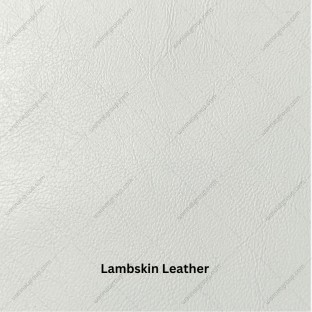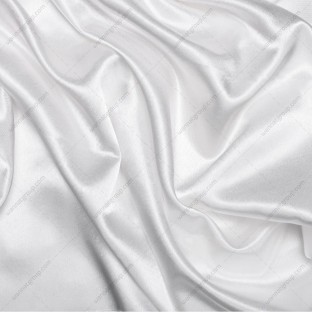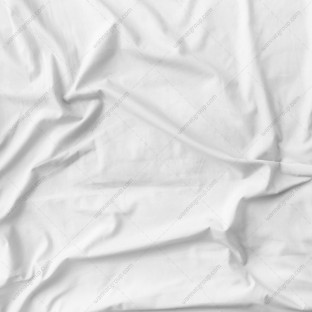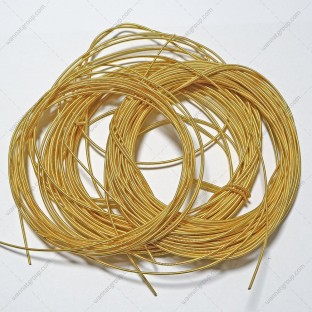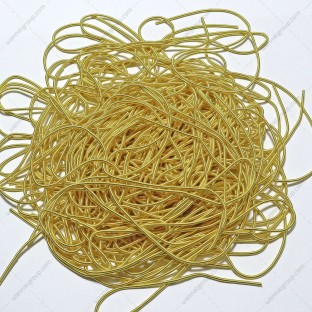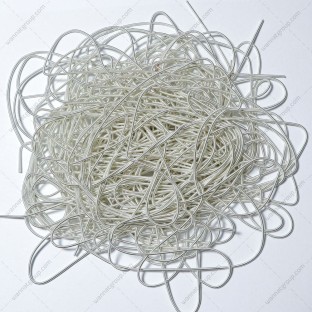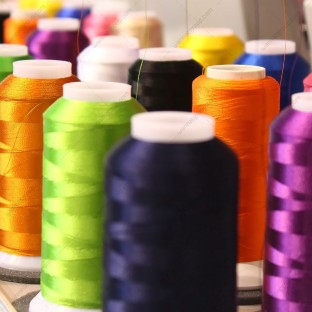Materials
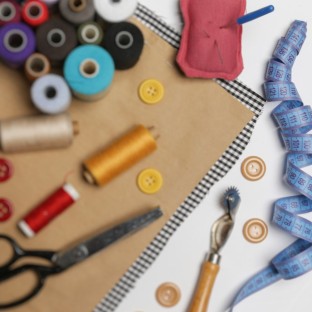
At Wannat, we understand the
critical role that materials play in the production of high-quality products.
The Materials department is responsible for sourcing and selecting the finest
materials that meet our stringent quality standards. Here is a detailed overview
of the Materials department below:
SUPPLIER MANAGEMENT: The Materials department establishes strong relationships with reputable suppliers and manufacturers who specialize in producing materials suitable for our products. They carefully evaluate potential suppliers based on factors such as quality, reliability, consistency, and ethical sourcing practices. By maintaining a network of trusted suppliers, the department ensures a steady and reliable supply chain.
MATERIAL SELECTION: Our Materials team meticulously selects materials that meet the unique requirements of each product category. They consider various factors, including durability, comfort, visual appeal, and authenticity. Whether it's luxurious fabrics for regalia, high-quality metals for badges and patches, or durable components for uniform accessories, the team ensures that the selected materials uphold our commitment to excellence.
LEATHER USED IN MASONIC REGALIA: At Wannat Group, we take pride in our commitment to producing Masonic regalia and other products with the highest quality leather available. What sets us apart from the rest is our unwavering dedication to excellence. Leather plays a significant role in the creation of Masonic regalia, adding a touch of elegance, durability, and sophistication to these ceremonial regalia. Two types of leather are employed, each offering distinct characteristics and visual appeal. Here are some highlights of the different types of leather commonly used in Masonic Regalia.
SUPPLIER MANAGEMENT: The Materials department establishes strong relationships with reputable suppliers and manufacturers who specialize in producing materials suitable for our products. They carefully evaluate potential suppliers based on factors such as quality, reliability, consistency, and ethical sourcing practices. By maintaining a network of trusted suppliers, the department ensures a steady and reliable supply chain.
MATERIAL SELECTION: Our Materials team meticulously selects materials that meet the unique requirements of each product category. They consider various factors, including durability, comfort, visual appeal, and authenticity. Whether it's luxurious fabrics for regalia, high-quality metals for badges and patches, or durable components for uniform accessories, the team ensures that the selected materials uphold our commitment to excellence.
LEATHER USED IN MASONIC REGALIA: At Wannat Group, we take pride in our commitment to producing Masonic regalia and other products with the highest quality leather available. What sets us apart from the rest is our unwavering dedication to excellence. Leather plays a significant role in the creation of Masonic regalia, adding a touch of elegance, durability, and sophistication to these ceremonial regalia. Two types of leather are employed, each offering distinct characteristics and visual appeal. Here are some highlights of the different types of leather commonly used in Masonic Regalia.
1. LAMBSKIN LEATHER: Lambskin leather is highly prized for its
softness, suppleness, and luxurious texture. It is often utilized for crafting
aprons in Masonic regalia. This type of leather exudes a refined appearance and
provides exceptional comfort during wear.
Appearance: Boasts a natural,
luxurious appearance with a soft and supple texture.
Durability: Known for its durability and ability to withstand
regular use.
Texture: Exhibits a smooth and soft texture with a natural grain
pattern, adding to its visual appeal.
Price: Typically more expensive due to its premium quality and
luxurious attributes.
Environmental Impact: Made from natural materials, reducing its
impact on the environment.
2. IMITATION LEATHER: Known as faux leather or synthetic
leather, offers an affordable alternative to genuine leather in the production
of Masonic regalia, making it a popular choice for those seeking cost-effective
options without compromising style.
Appearance: Can mimic the look of real leather but may lack the
depth and natural grain pattern.
Durability: Generally less durable, may show signs of wear and tear
over time.
Texture: Often lacks the unique texture and grain pattern of
genuine leather, may feel artificial to the touch.
Price: Generally more affordable compared to genuine leather.
Environmental Impact: Synthetic material made from petroleum-based
products, contributing to environmental concerns.
Choosing the right type of leather for Masonic regalia is essential to ensure
the highest quality and longevity of the regalia. While imitation leather
offers affordability and low maintenance, lambskin leather stands out with its
superior aesthetics, durability, and breathability. The choice ultimately
depends on personal preferences and budget, but selecting lambskin leather can
provide an exquisite and long-lasting Masonic regalia experience.

